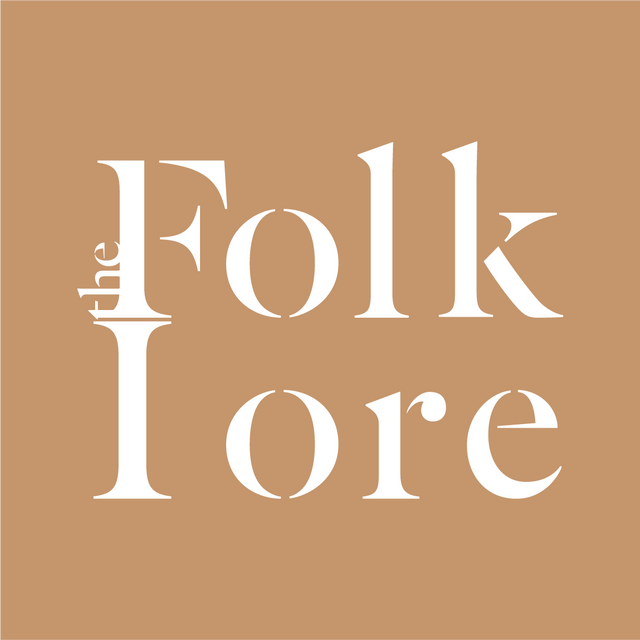Hair Story: Afrocentric Hairstyles as Works of Art That Channel the Past and the Present
Intricate and creative styles are nothing new when it comes to the hairdos worn by Black women around the world. From cornrows and box braids to Afros, faux locs and Senegalese twists, the hairstyling options are seemingly endless. Many Black women share the inside joke of the transformative power of visiting the salon over the weekend: will my colleagues still recognize me come Monday?
Of course, natural hair has often been a battleground in the fight against racism and discrimination; many workplaces and institutions still deem natural and Afro hairstyles as “unprofessional”, yet when women of other races discover “boxer braids”, they are held up as pioneers and trendsetters of a beauty genre that has been around for millennia, literally. In 2014, an Egyptian mummy thought to be around 3,000 years old was discovered with an intact head of braided hair.
But for Black women, whether from Africa or across the diaspora, braided or threaded hairstyles are not just protective or functional, they are a work of art that display a proud heritage, an age-old craft and a standard of beauty that is different from the norm.

“Hairitage”by Tongoro
“Hairitage” is a series of behind-the scenes images from a fashion presentation in Dakar, Senegal by ready-to-wear label Tongoro, whose founder and creative director, Sarah Diouf, gave her models’ dramatic hairdos as much prominence as the clothing itself.
While there’s a new trend in town called “hair horns”, the old threaded hairstyle known as “irun kiko” in the Yoruba language of Nigeria is a more elaborate and intricate version: portions of natural hair are wrapped with a thin thread in an upwards motion, causing the “horn”of hair to stand on end. Apart from being a dramatic look, it’s also an effective method of stretching and protecting hair without use of heat and excess manipulation.

Decorative accessories and headgear have also been a means to enhance natural hairstyles: from glassy beads at the end of single plait braids to cuff clips that sit on cornrow styles. With “Hairitage” Diouf makes use of cowrie shell-inspired hair jewelry to adorn her model’s hair.
Long before they were worn as jewelry or otherwise used as ornaments or charms, cowrie shells were legal tender in western Africa up until the mid 19th century, as well as in China, Oceania and northern Australia.

A line can be drawn from these images to the “Naturally” fashion shows of the 1960s conceived by photographer Kwame Brathwaite and his brother Elombe Brath. They co-founded the African Jazz-Art Society and Studios, or AJASS, a collective of creatives and Pan-African activists who were inspired by pioneering black thinkers such as Marcus Garvey and Carlos A. Cooks.
The fashion shows were a pioneering celebration of African-American style and identity, featuring a cast of Black models dressed in Afrocentric designs and natural hairstyles as well as art shows and African dance performances. The shows – the first of which took place in Harlem in 1962 and was supposed to be a one-time event billed as “the original African coiffure and fashion extravaganza” – popularized the slogan “Black is Beautiful” and its subsequent movement.
With the shows and his photography, Brathwaite worked to disrupt media and produce positive images of African Americans and change the discourse in American popular culture.
 “OBAASIMA” by Sunday School
“OBAASIMA” by Sunday School
Many decades later in 2018, the creative and production studio Sunday School presented “The Hair Appointment”, a conceptual series of images that highlighted the natural hair braiding process and salon experience.
Led by Nigerian-Canadian creative director and founder of Sunday School, Josef Adamu, the campaign and evolved to a gallery exhibit displayed in New York, Oakland, London and Accra.
Adamu was particularly inspired by braiding because it “always stood out as the most interesting element of hairstyling, specifically because the aesthetic can be altered in numerous ways. The hair accessories, the outfits, the energy that associates with the idea of a new hairstyle shows how influential it can really be.”
 “The Hair Appointment” by Sunday School
“The Hair Appointment” by Sunday School
“Hairitage” photography by Trevor Stuurman, courtesy of Tongoro
“The Hair Appointment” photography by Jeremy Rodney-Hall and Carlos Idun-Tawiah, courtesy Sunday School


